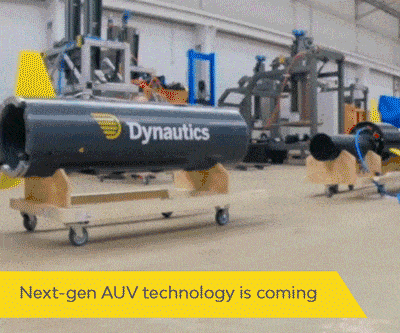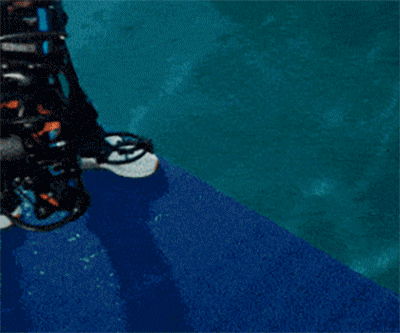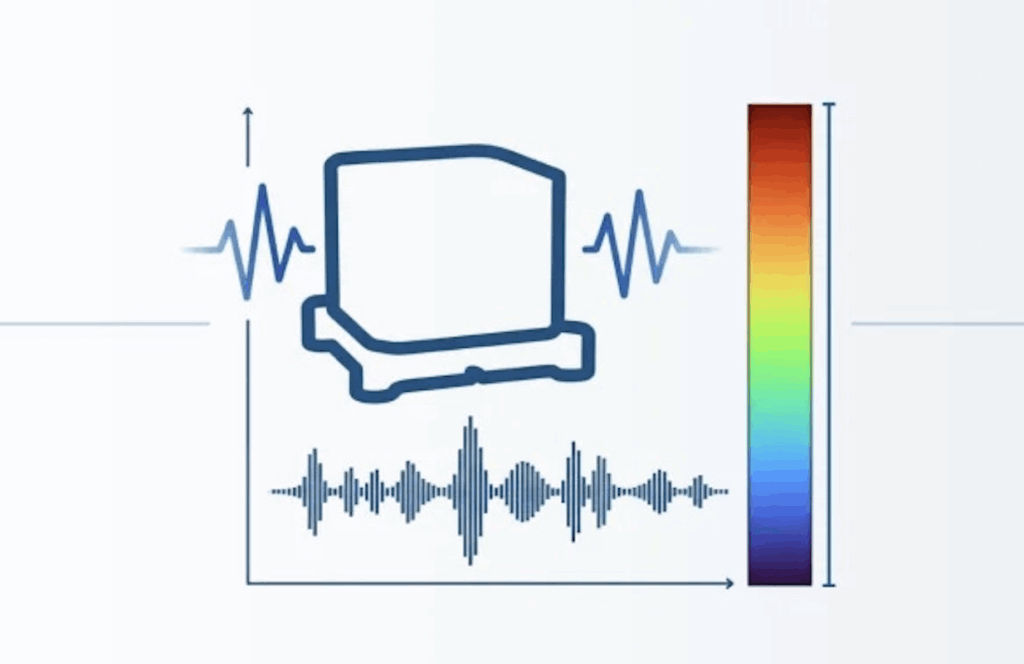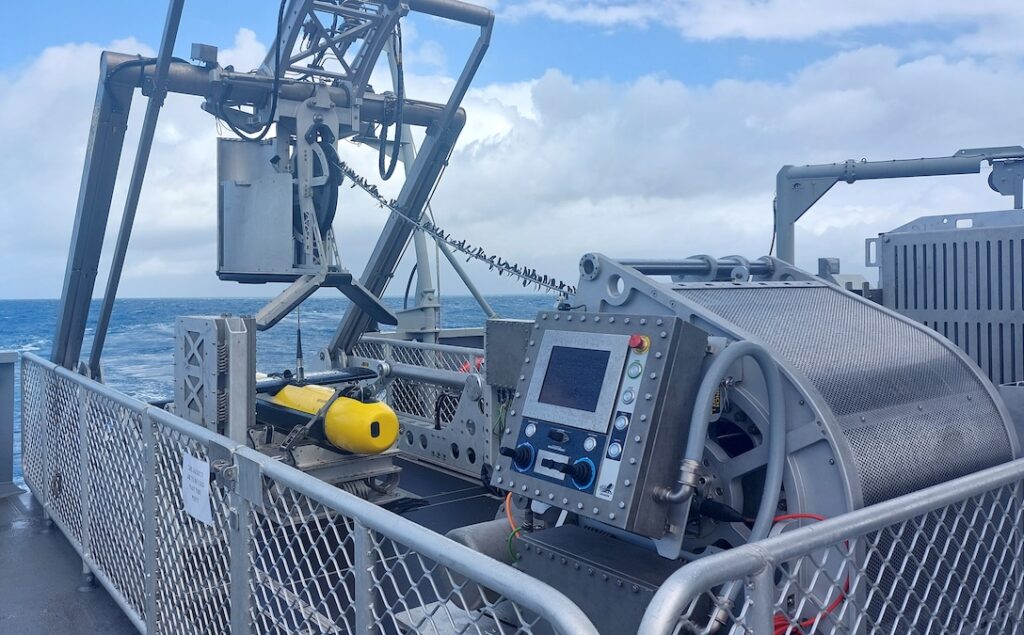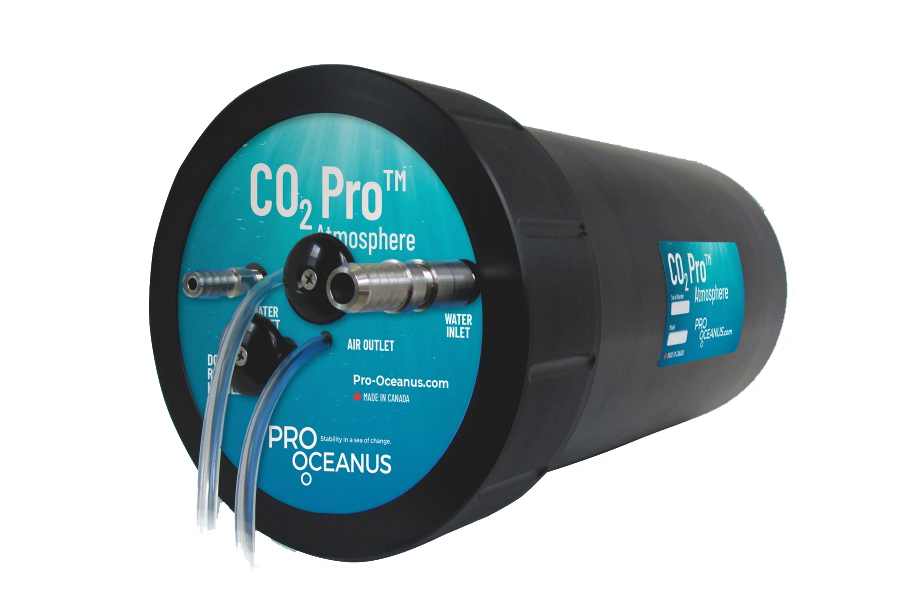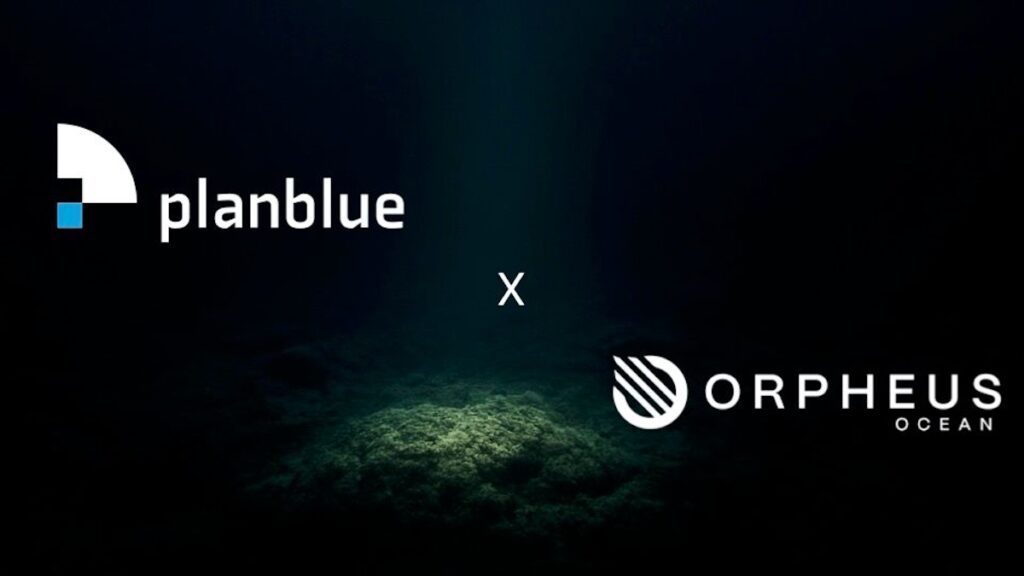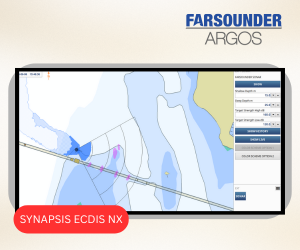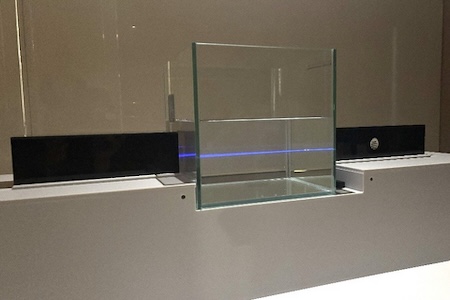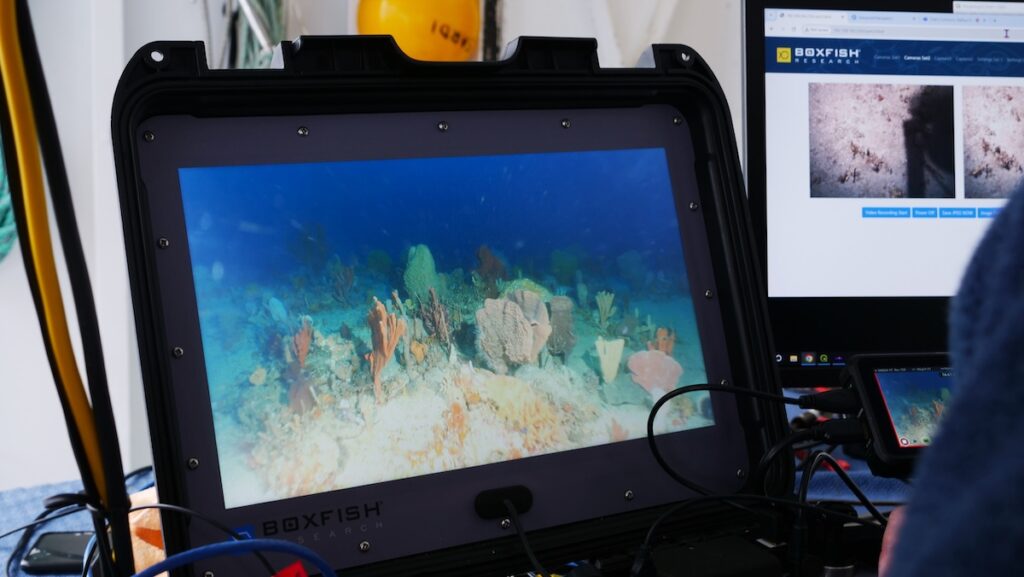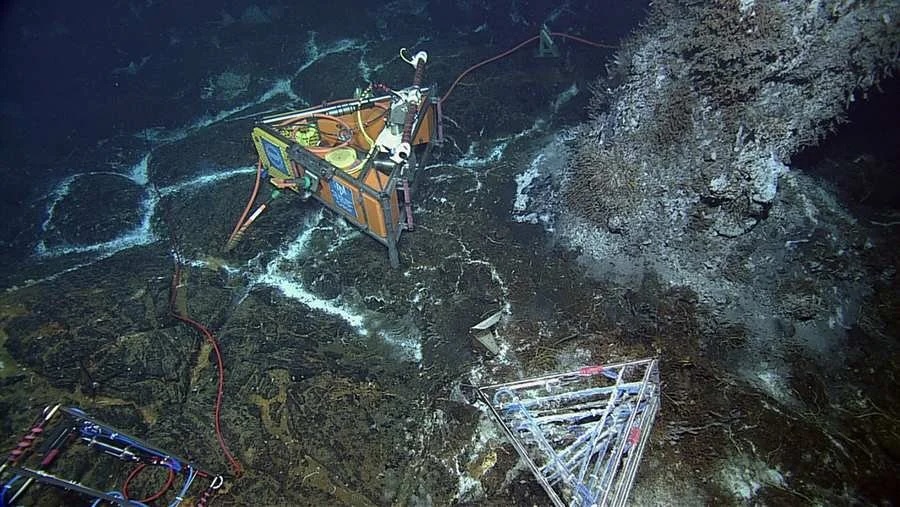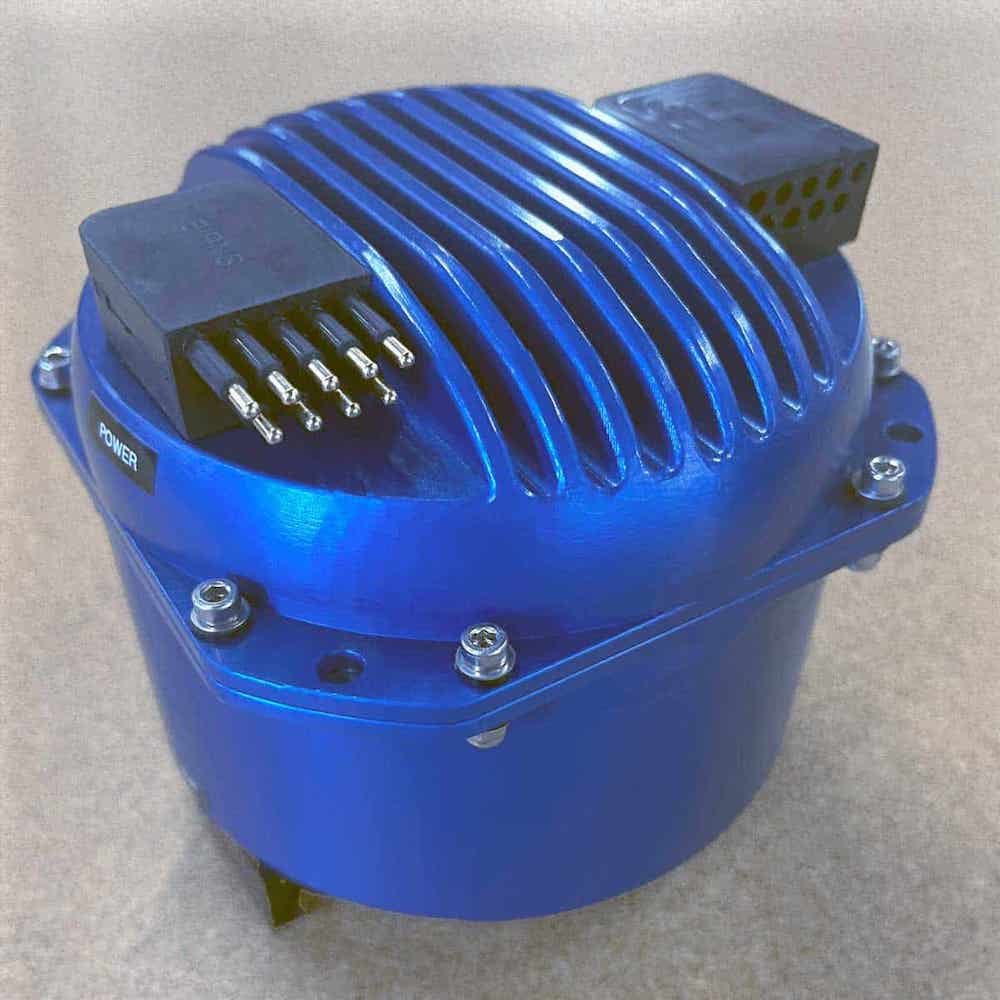
Inertial Navigation Systems (INS)
Discover cutting-edge solutions from 5 leading global suppliers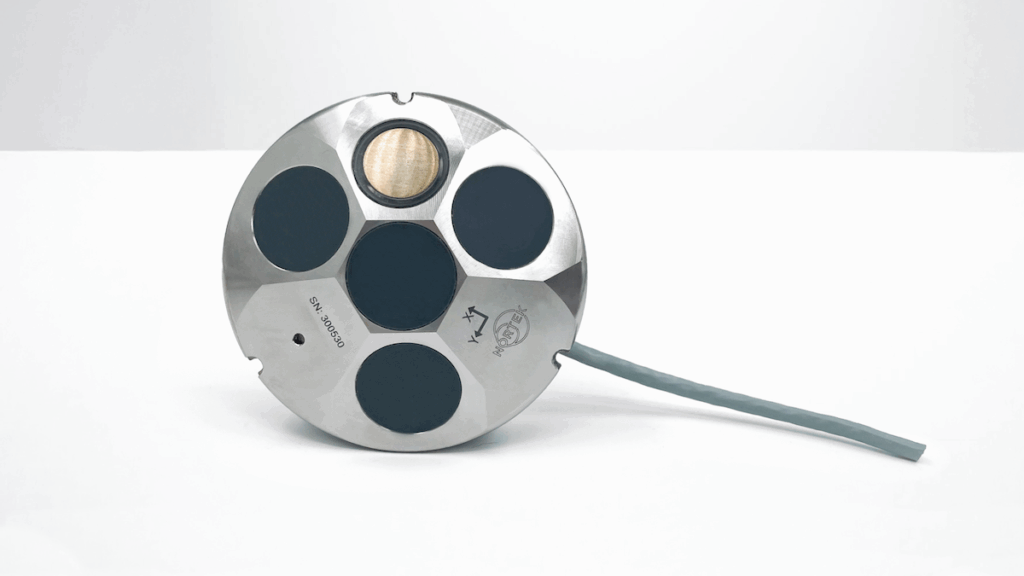
Nortek has released an OEM housing version of the Nucleus 1000 sensor package for installation into the dry vehicle sections of small remotely operated vehicles (ROVs) and autonomous underwater vehicles (AUVs).
The Nucleus 1000 integrates an attitude and heading reference system (AHRS) and inertial navigation system (INS) for pre-calibrated attitude, heading, and position information. The new OEM housing version streamlines the integration of the Nucleus during vehicle production and improving vehicle hydrodynamics with a flush-mounting form factor.
Several firmware upgrades have also been recently released, opening doors for Nucleus users and improving instrument performance.
Reduced Payload Consumption
The OEM housing reduces the overall payload consumed by the Nucleus 1000 with a streamlined instrument design, enabling improved vehicle hydrodynamics with a flush-mounting form factor. The OEM housing also removes the need for underwater cables. This option facilitates easier installation of the Nucleus 1000 during vehicle production, opening doors for companies who wish to integrate the Nucleus on large numbers of vehicles.
Firmware Upgrades
Simultaneous Data Output Options
Previously, the Nucleus 1000 only allowed a user to send data to one destination at a time (Ethernet/TCP or serial). Now, users can output to TCP port 9002 and a serial port simultaneously. Alternatively, users can connect to two TCP ports (9001 and 9002) to send Ethernet data to multiple places at the same time. This enables users to perform tasks such as:
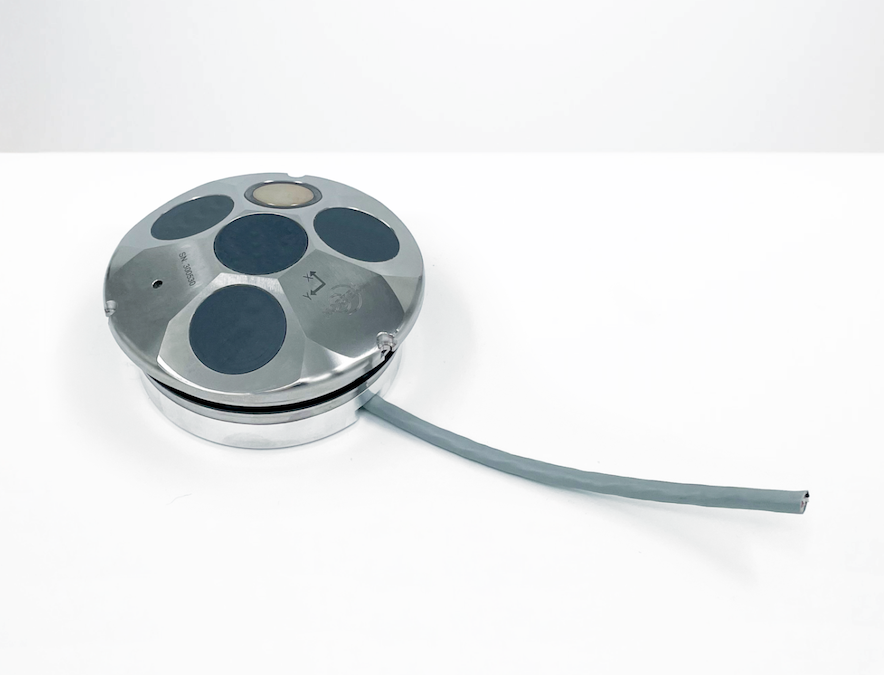
- Using the Nucleus software for visualization while sending data to the vehicle control system.
- Using third party data acquisition software while sending data to the vehicle control system.
- Accessing the Nucleus for data download and reconfiguration without going through the vehicle’s interface.
Fast Pressure Output
Pressure sensor outputs are no longer tied to the acoustic sampling rate of the Nucleus. This update allows users to configure the pressure sensor to sample at 10, 15 or 30 Hz. This provides users with more options to use the Nucleus pressure sensor readings for depth control.
Default Bottom Track Mode
The default bottom track mode is now set to “AUTO” mode, which will automatically switch the Nucleus’ detection method to one optimized for low altitudes and slow speeds when the instrument is at altitudes of <7.5 m and detects horizontal velocities of <43 cm/s. This feature aims to improve nearbed detection for users, without requiring manual switching to this mode.
Software & Manual Updates
An updated Nucleus user manual is now available with improved integration and instrument operation information. Additionally, the Nucleus software has undergone several improvements, including:
- Support for new firmware features: The software can now support the firmware upgrades above, such as fast pressure output and simultaneous data output options.
- Improved visualization: Revamped Doppler, AHRS, and Magnetometer and IMU dashboards improve user experience.
- Bug fixes and improvements.
ASCII / Text-Based Data Format Support
The Nucleus now supports an ASCII / text-based data format, allowing for easy integration with existing vehicles that require this. This format supports a more limited range of outputs than the binary Nucleus format. The supported parameters enable vehicle guidance and control by providing DVL and attitude data. Inquire for more details on the capabilities and limitations of this data format if you are interested in this option.





